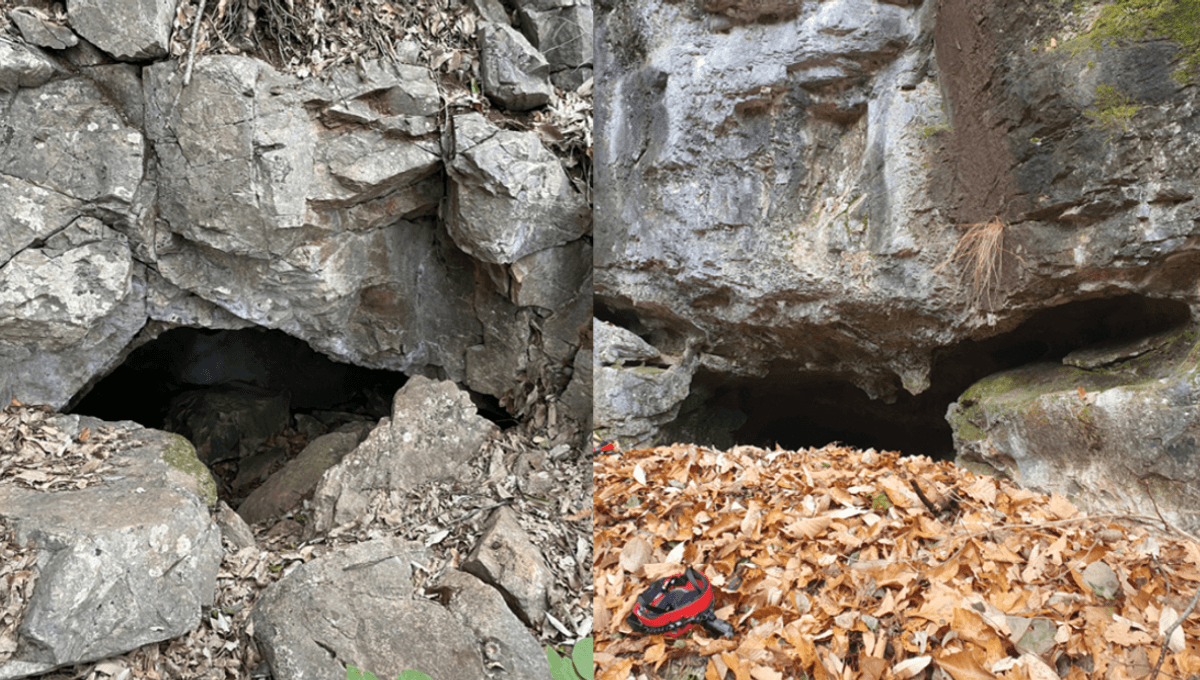South Korea’s caves are something of an untapped treasure trove for cave-adapted species. It’s thought there are over 1,000 to be explored, but a significant proportion have never been studied. Now, new research has shown that they are home to a greater diversity of bizarre blind arachnids than we thought, including four new-to-science species with dragon-like jaws.
“In Korea, there were no pseudoscorpion experts before,” study author Kyung-Hoon Jeong, a master’s student at Jeonbuk National University, told IFLScience. “So, many people have believed there is only one species (Spelaeochthonius dentifier) distributed in Korea.” “However, our result was totally different. Each species in the cave has big differences, both in morphology and genetically. Additionally, their relevance supported the connection between Korea and Japan. We can presume events that happened more than a thousand years ago, using these small animals.” Pseudoscorpions are tiny scorpion-like arachnids. They are found in many habitats across Earth, but some never see the light of day. This is true of the pseudoscorpions found in cave systems across the Taebaaek and Sobaek mountain ranges in South Korea, where these animals have adapted to a life lived in complete darkness. Get a load of Spelaeochthonius dugigulensis, a blind dragon pseudoscorpion. Jeong et al., 2025, PLOS One, CC-BY 4.0 Becoming adapted to cave life is known as troglomorphism, often resulting in traits like loss of pigment, reduced eyesight, or being completely blind. Spelaeochthonius is one such troglobitic genus found exclusively in cave habitats across eastern Asia – a genus the study authors describe as “altogether blind, pale, and strongly troglobitic”. They’re known as dragon pseudoscorpions (family Pseudotyrannochthoniidae) because they have enormous jaws compared to their body size, which resemble those of a dragon. We didn’t know much about the pseudoscorpions living in South Korea’s caves quite simply because, before now, nobody had really gone looking for them. This latest research resulted in the discovery of four new species, with almost every cave surveyed yielding blind pseudoscorpions that were completely unknown to science before. As such, they anticipate that Korean caves likely contain lots of highly diverse pseudoscorpions, many of which could well be new species. For now, we have four new members in the club: Spelaeochthonius dugigulensis, S. geumgulensis, S. magwihalmigulensis. and S. yamigulensis. All four species are strongly troglobitic and known from just a single cave or karst system, which the authors say emphasizes the need to put conservation strategies in place if we’re going to properly protect Korea’s caves and the diverse life they contain. The study is published in the journal PLOS ONE.





